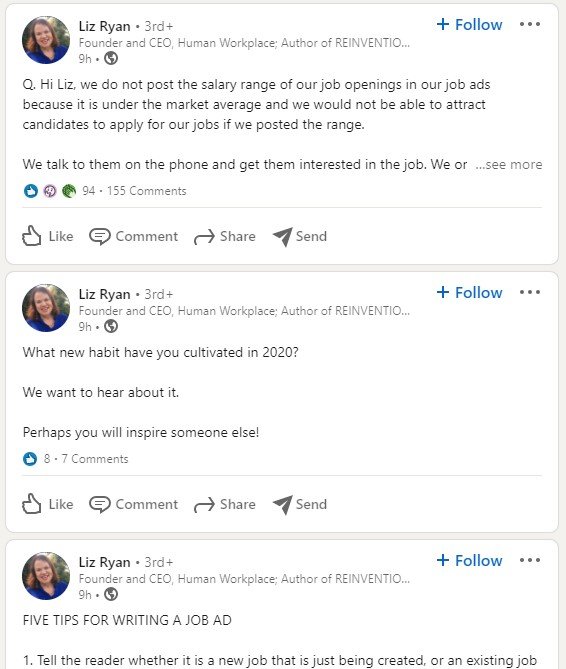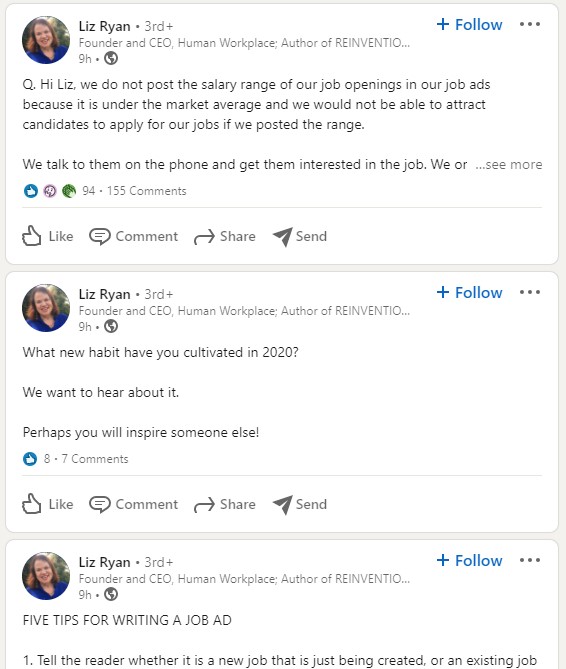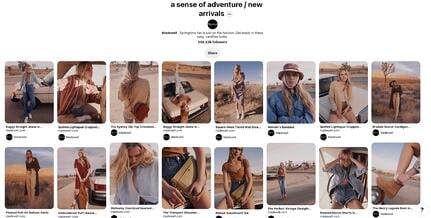The Short & Sweet Guide to Microblogging

By cchi@hubspot.com (Clifford Chi)
In January of 2019, Contently, a content marketing platform that connects enterprise brands with freelance talent, surveyed over 1,000 people in the U.S. about their media and marketing preferences. What they uncovered about people’s preferred content length shattered a seemingly unbreakable convention that longer is always better: 75% of people prefer to read articles under 1,000 words.
With our ever-dwindling ability to concentrate on given tasks, Contently’s discovery makes complete sense. Writing shorter articles is better because people prefer consuming that type of content.
However, longer articles typically rank higher on Google and generate more website visits because these types of resources are more comprehensive and better equipped to solve the searcher’s intent.
So how do you reconcile these two ideas, and when is it appropriate to craft concise content? Fortunately, the answer lies in microblogging.
This form is best used when:
- The topic or post has low search intent but high potential for virality.
- You want to take advantage of the communities on common microblogging platforms.
- You’re covering a live event or providing timely updates.
- You’re using your microblog as a vehicle for delivering multimedia content without a lot of accompanying text.
The conundrum then becomes how you can create a microblog without filling your site with thin content, which can actually hurt your site when it comes to search because Google sees these pages as low-value.
While it’s not necessary (as evidenced by the FiveThirtyEight example below), most microblogging actually happens on platforms designed specifically for the purpose.
1. Twitter
The OG of micro blogging sites, Twitter is not only one of the most popular microblogging sites around, but it’s also one of the most popular social media platforms around.
On Twitter, you can create a profile where all your posts — or Tweets — live. In your Tweets, you can include text, links, photos, videos, GIFs, audio, and more. Each of your Tweets also has a 280-character cap. Additionally, you can reply to and share — or retweet — other users’ Tweets.
2. Tumblr
With over 496 million different blogs, Tumblr is bustling hub of short form content. On the microblogging site, you can create a blog and include links, text, photos, GIFs, videos, Spotify tracks, MP3 files, and more in your posts. When you follow other blogs, their posts will show up in your dashboard. You can also comment on and reblog other blogs’ posts on your own blog.
3. Pinterest
Unlike most microblogs, Pinterest is purely visual. On your profile, you can create Boards, which are collections of pictures curated around a specific topic, post Pins of your favorite pictures, and add Tries, which are notes and photos of ideas you tried, like new recipes you cooked or new places you traveled to. You can also follow other people’s profiles and topics, which are the most popular Boards that cover specific topics.
4. …read more
Source:: HubSpot Blog









